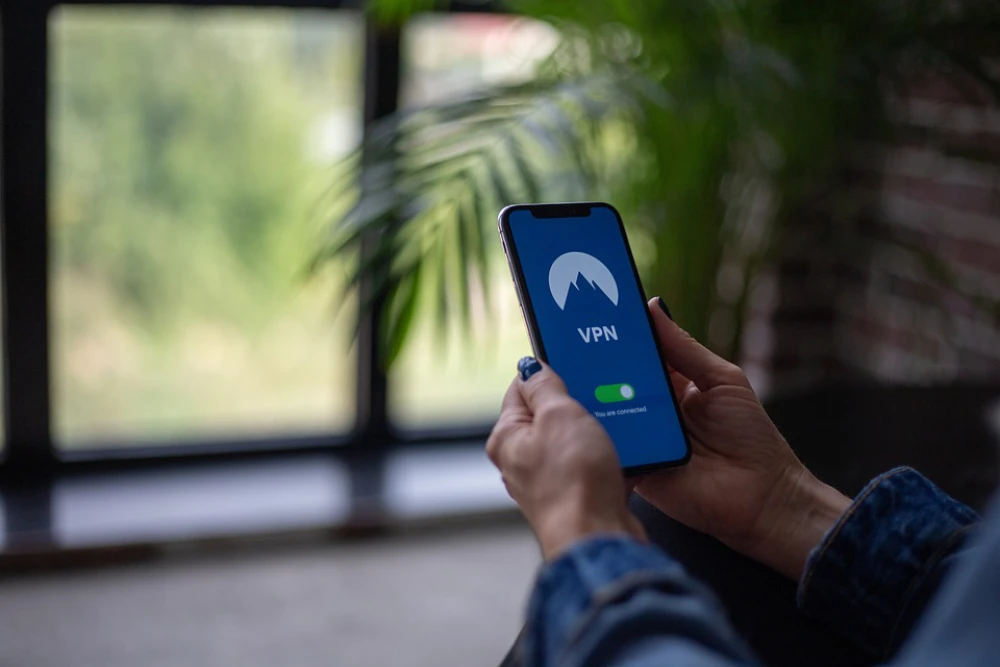Cybersecurity & Backup
Ransomware: How to Protect Yourself from Cyberattacks

Ransomware: what it is and why it is dangerous
In simple terms, ransomware are computer viruses operated remotely by cybercriminals, designed to encrypt all data on infected machines. Once compromised, systems become unusable and their data unrecoverable unless you possess the decryption key—offered by attackers in exchange for a ransom, typically paid in Bitcoin through specialized channels.
Contrary to popular belief, these attacks aren’t the work of lone hackers in a garage. This “industry” generates tens of billions of dollars annually and is run by organized groups with assembly-line roles: some specialize in coding the malware and rent it to others focused on intrusion and distribution. Victims often feel they have no alternative but to pay (ransoms are frequently sized to revenue) to resume operations, with proceeds later split among the criminals.
How to prevent a ransomware attack
Prevention is far better than cure. It’s simpler and more effective to avoid an attack than to remediate one. Focus on three pillars:
- Protect every endpoint that can access the network with business-grade antivirus;
- Train staff and foster vigilance across the organization;
- Implement preventive backups.
Antivirus
Like immunology, cybersecurity is an ongoing race between mutating threats and evolving defenses. Attackers craft new ransomware strains; defenders build antiviruses to detect and block them. Note that defenders are reactive—and there is virtually no saving a machine after it’s encrypted. It’s therefore crucial to equip every device that can reach your company network with professional-grade antivirus and keep it continuously up to date.
While most new PCs ship with some antivirus, not all solutions are equal. A home user faces different risks than a business. The ubiquity of entry-level protection can create a false sense of security. Just as not all vaccines and therapies are equivalent, neither are antiviruses. Companies must select solutions appropriate to their risk profile.
Training
There is no zero-risk world—advanced antiviruses can still fail occasionally. Most breaches are not due to malicious insiders but to well-meaning employees who download files from untrusted websites or open suspicious email attachments. Others enter credentials on look-alike phishing sites after clicking plausible-looking links.
Train everyone on simple hygiene: don’t open attachments from unknown senders; verify sender addresses; don’t enter credentials on unusual sites (especially via email redirection). If needed, manually navigate to the concerned site or verify the URL carefully. In doubt, ask a colleague or your IT team to validate legitimacy.
Backups and continuity plans
The last pillar may seem less preventative, but it is critical if a breach occurs. Back up all sensitive, business-critical data completely and off-site and be able to restore quickly. This will not reduce the scope of the attack but will save what matters most—your essential data. You can then restore to clean devices and resume operations, limiting losses.
An appropriate backup and recovery plan also strengthens your hand if you need to negotiate to retrieve any unsaved data.
We will cover what to do during and after a ransomware attack in a future article.
MAG.
Wi-Fi & Network
Cybersecurity & Backup
Video Surveillance & Security
Consulting
IT Managed Services
Cybersecurity & Backup

Cybersecurity & Backup
Phishing: How to Spot a Fraudulent Email
Example of a Phishing Email Below is an email that appears completely legitimate. It asks a user ...
+
+

Cybersecurity & Backup
How to transition to remote work?
Forms and solutions for remote work Remote work doesn't look the same across companies. Depending ...
+
+
Your hotel deserves IT excellence
Let's discuss your challenges, whether you're in the hospitality sector or an SME.